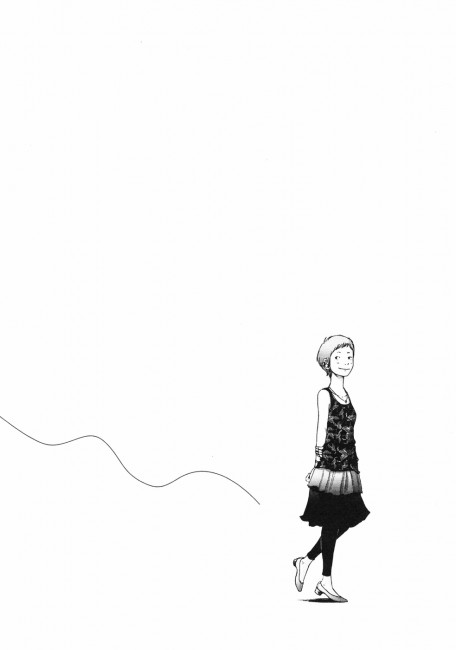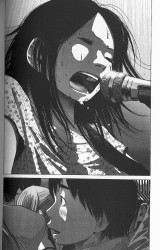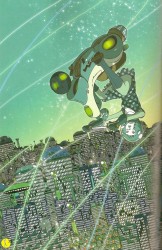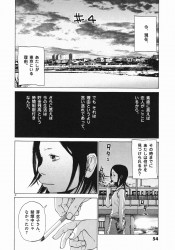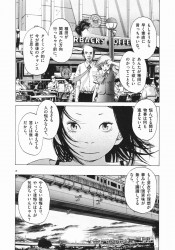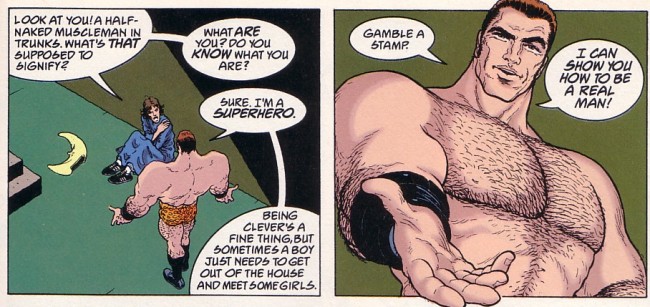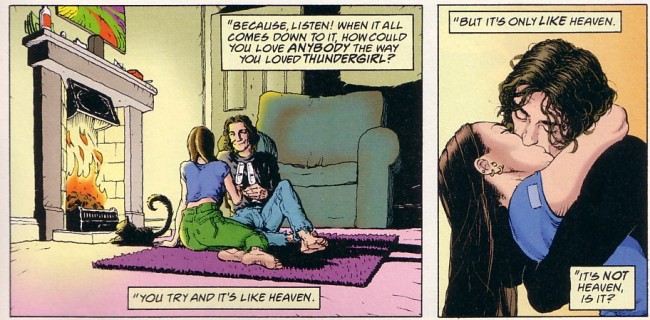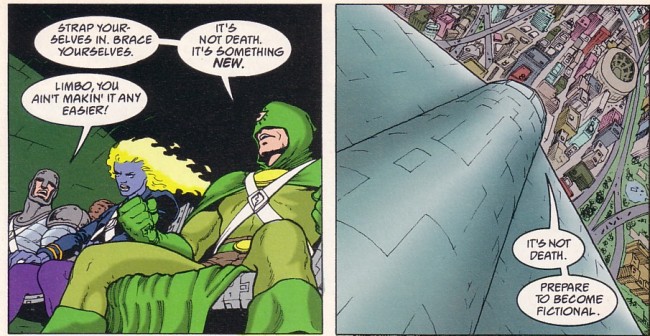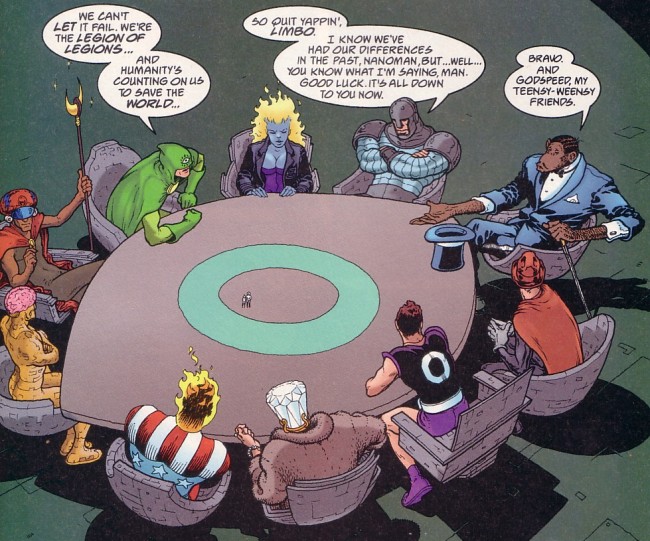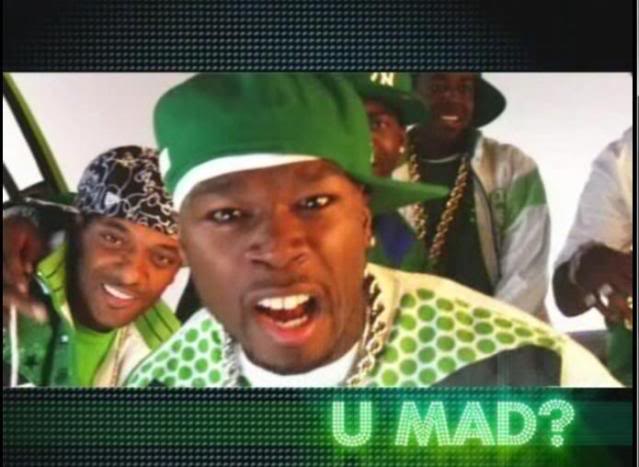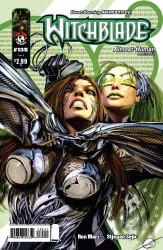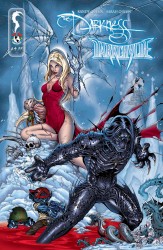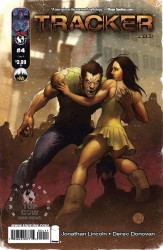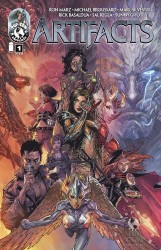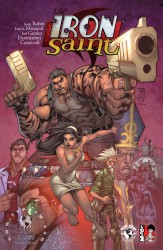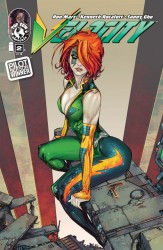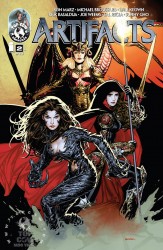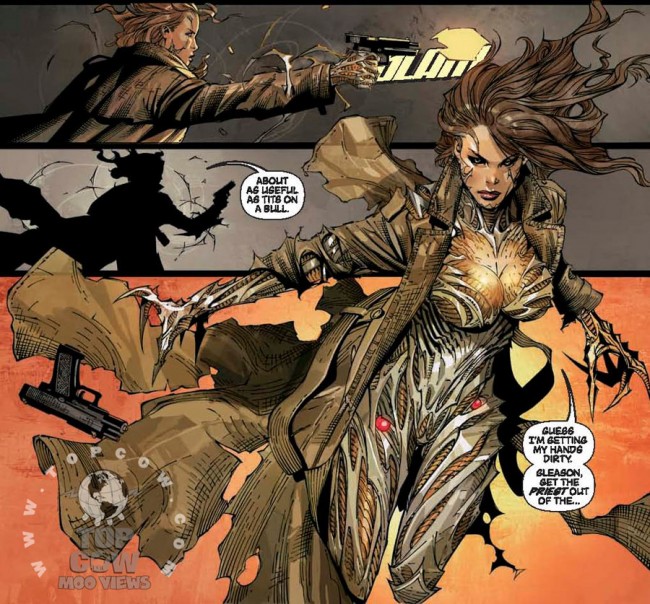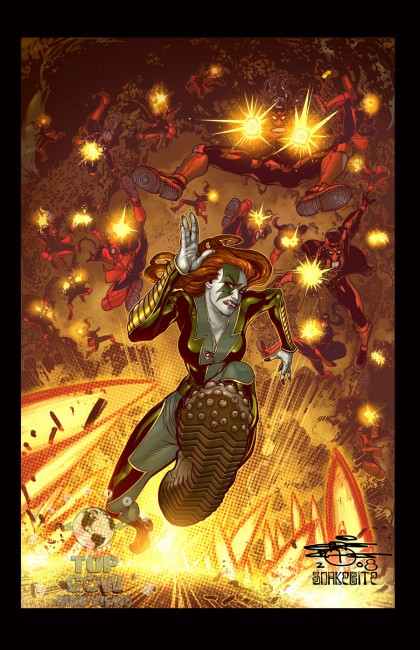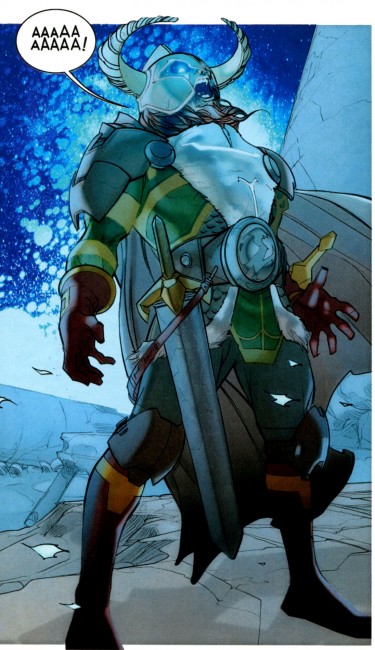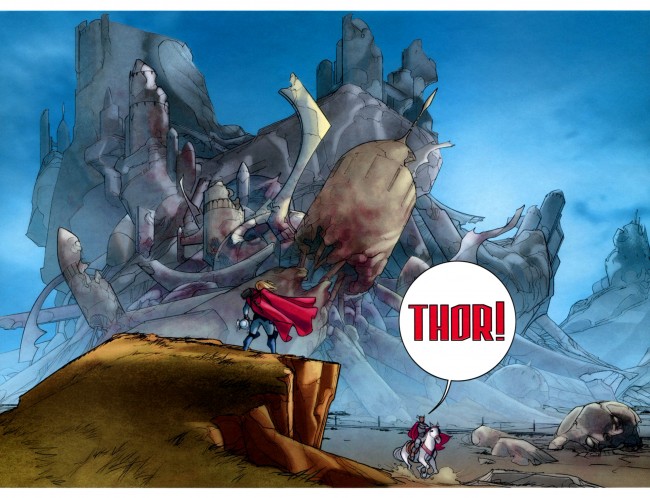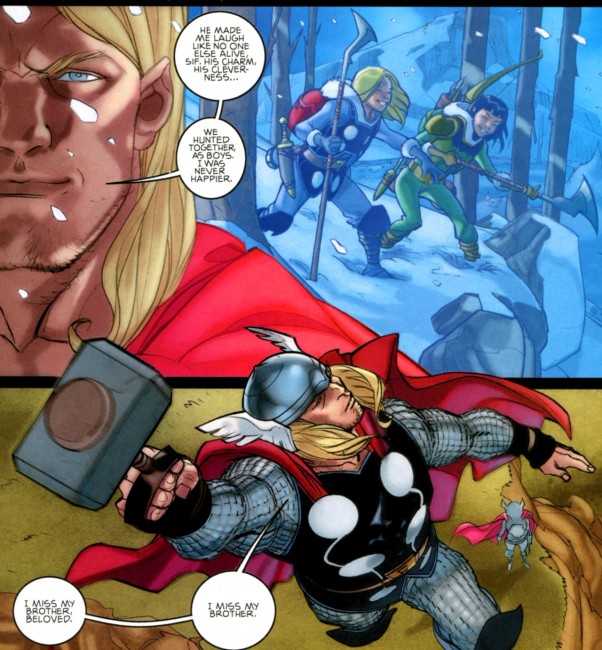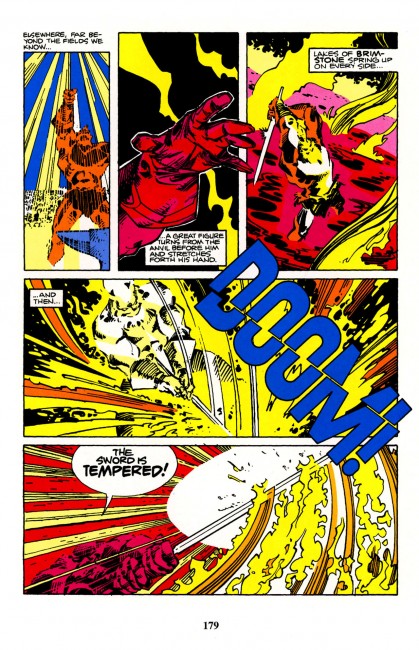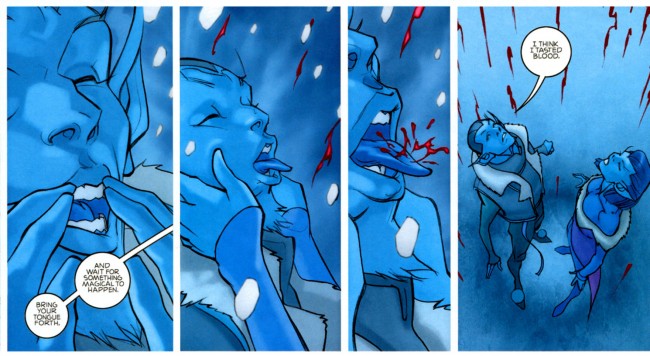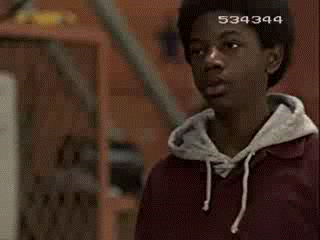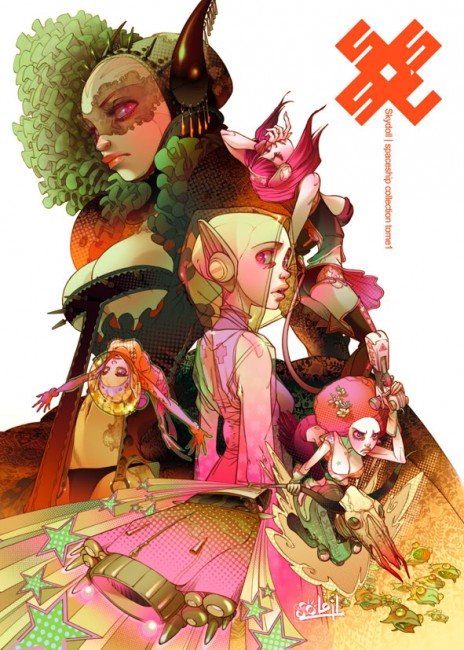
Changing From the Ground Up
October 5th, 2010 Posted by david brothersNear as I can tell, the Wednesday crowd at the comic shop is driven there by a few things.
1. New comics come out on Wednesdays.
2. People like to sit around and talk about comics.
3. Continuity-focused tales push you to “keep up” with the stories.
Is that fair? I think that covers most of the reasons, right? Generalization, caveat emptor, etc etc. There are other factors–the Direct Market has encouraged a specific kind of culture, the Big Two push continuity over quality fairly often and emphasize reading it now now now, the way you can build a social circle out of your comic shop’s patrons–but those three are the biggest, I think?
New books, movies, and video games come out on Tuesdays, but you don’t really see people hanging out in Borders to discuss the latest Tom Clancy knock-off or in Best Buy to talk about how crap the packaging on most Blu-rays is. The culture is different.
My question is–how will digital comics affect that culture? That Wednesday ritual? Digital comics saps some of the emphasis on buying comics immediately, doesn’t it? You don’t have to rush to your shop to make sure you get your copy of whatever because it will always be available digitally. Trade waiting will change. Filling up a hard drive with comics is easier, cheaper, and more aesthetically pleasing, than having a stack of floppies on your coffee table. Some of the bonuses of waiting for a trade (complete story, cheaper price, easier to store, durability/longevity of format) will be decreased, leaving really just getting a complete story in one shot as the main bonus. I know that I switched to mainly trades because having a lot of “part 3 of 8” floppies stinking up the place is frustrating.
What I like about the oncoming digital future is that everything is on a level playing ground, barring name recognition. There is no real difference between Brightest Day and Comic Book Comics. Comic shops no longer serve as the first line of defense/tastemaking. In comic shops, you might see New Avengers with sixty rack copies and King City with just six. Online, they’re both just covers and titles on a list. That in and of itself is revolutionary, isn’t it? I don’t think Marvel and DC will ever stop being the “Big Two,” but I could see their stranglehold on the comics side of things being lessened once the playing ground evens out.
A lot of series are making money off inertia and nostalgia, too. When you introduce a new factor into that equation, a buyer who is ignorant of the past and has no nostalgia for the series, those series don’t have a chance. Comics companies can barely sell Ms. Marvel or War Machine to comics fans, and they’ve been around for thirty or forty years. When you put Ms. Marvel on a level playing field with Empowered or Battlefields, well, what would make you pick Ms. Marvel over either of those, other than personal interest? If digital comics do what they’re supposed to do, which is bring in new readers, then there will be a whole lot of people who don’t care about “checking up on” all these dusty old characters we’ve invested years in. If we’re being perfectly honest, a lot of current comics readers don’t care about checking in, either, so why would newbies?
This is how the nostalgia trap is defused. Comics would have to live or die according to their own merits, not according to how intricately they’re tied into the past of whatever universe they live in.
The more I think about it, the more I think that digital comics is something that could move comics culture from an inclusive subculture to a general part of culture, like books or movies. The general focus of comics would widen, since there’s suddenly a lot less risk in making your action dramedy about wacky romantic hijinx in a slaughterhouse and a lot less money in bowing down to the past. Or, to put it pithier, we’d have more Scott Pilgrims and less Cry For Justices.
Or am I totally insane here?

